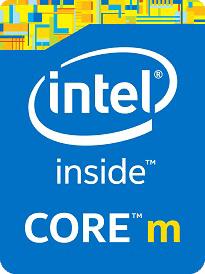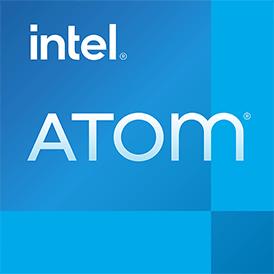 Estimated results for PassMark CPU Mark
Estimated results for PassMark CPU Mark
|
|
Intel Core m3-6Y30
2C 4T @ 0.9 GHz
|
2165
|
|
|
Intel Atom x5-E8000
4C 4T @ 1.04 GHz
|
1008
|
 Geekbench 5, 64bit (Multi-Core)
Geekbench 5, 64bit (Multi-Core)
|
|
Intel Core m3-6Y30
2C 4T @ 0.9 GHz
|
1262
|
|
|
Intel Atom x5-E8000
4C 4T @ 1.04 GHz
|
689
|
 Geekbench 5, 64bit (Single-Core)
Geekbench 5, 64bit (Single-Core)
|
|
Intel Core m3-6Y30
2C 4T @ 0.9 GHz
|
604
|
|
|
Intel Atom x5-E8000
4C 4T @ 1.04 GHz
|
198
|
 Cinebench R15 (Multi-Core)
Cinebench R15 (Multi-Core)
|
|
Intel Core m3-6Y30
2C 4T @ 0.9 GHz
|
185
|
|
|
Intel Atom x5-E8000
4C 4T @ 1.04 GHz
|
89
|
 Cinebench R15 (Single-Core)
Cinebench R15 (Single-Core)
|
|
Intel Core m3-6Y30
2C 4T @ 0.9 GHz
|
92
|
|
|
Intel Atom x5-E8000
4C 4T @ 1.04 GHz
|
27
|
 iGPU - FP32 Performance (Single-precision GFLOPS)
iGPU - FP32 Performance (Single-precision GFLOPS)
|
|
Intel Atom x5-E8000
4C 4T @ 1.04 GHz
|
67
|

